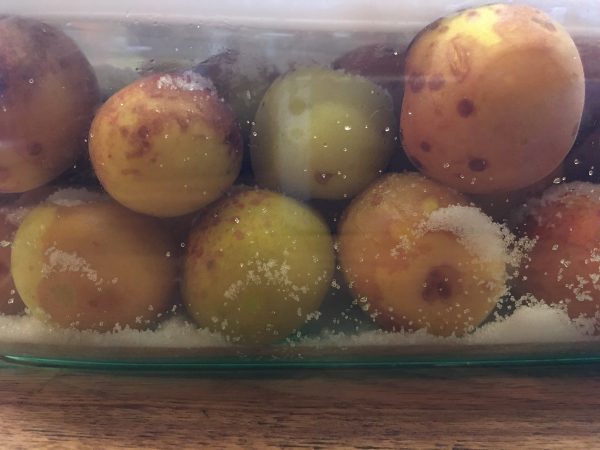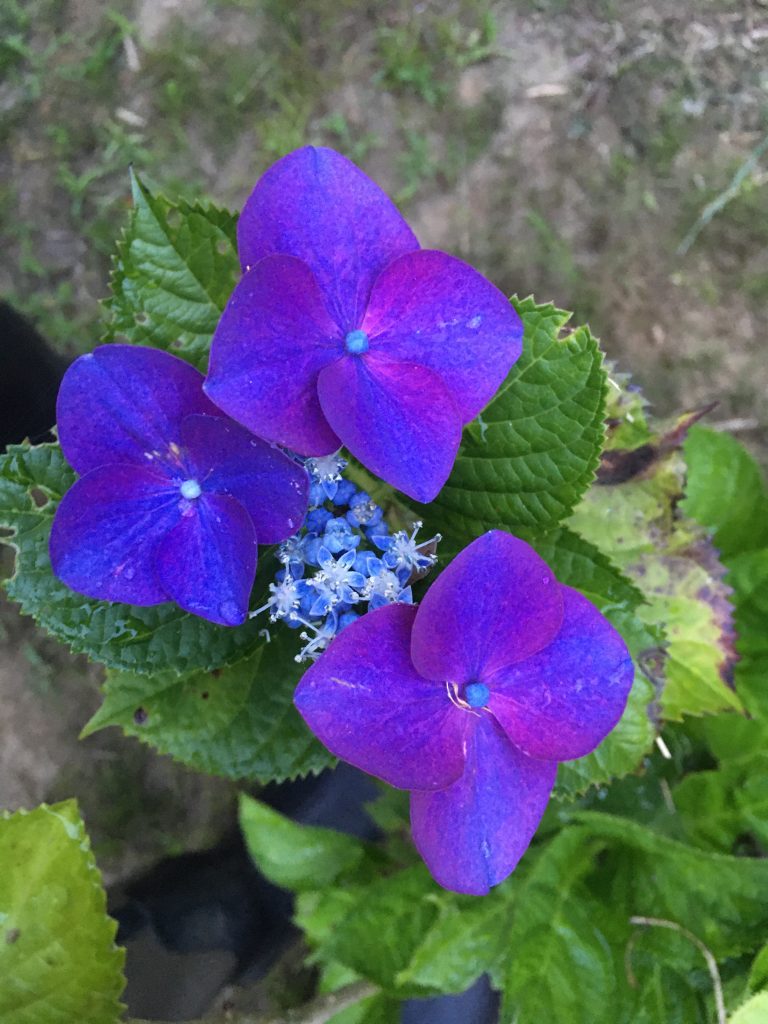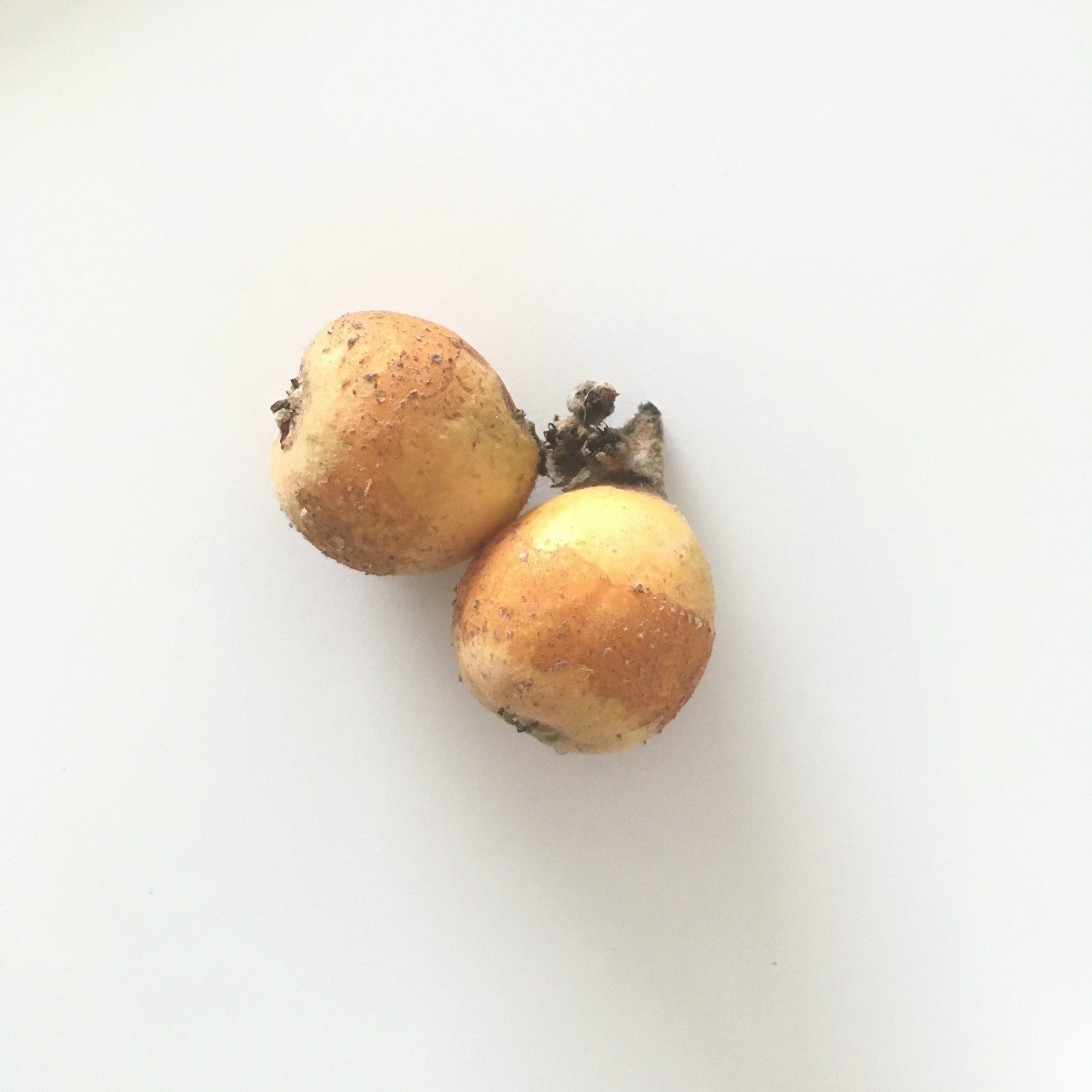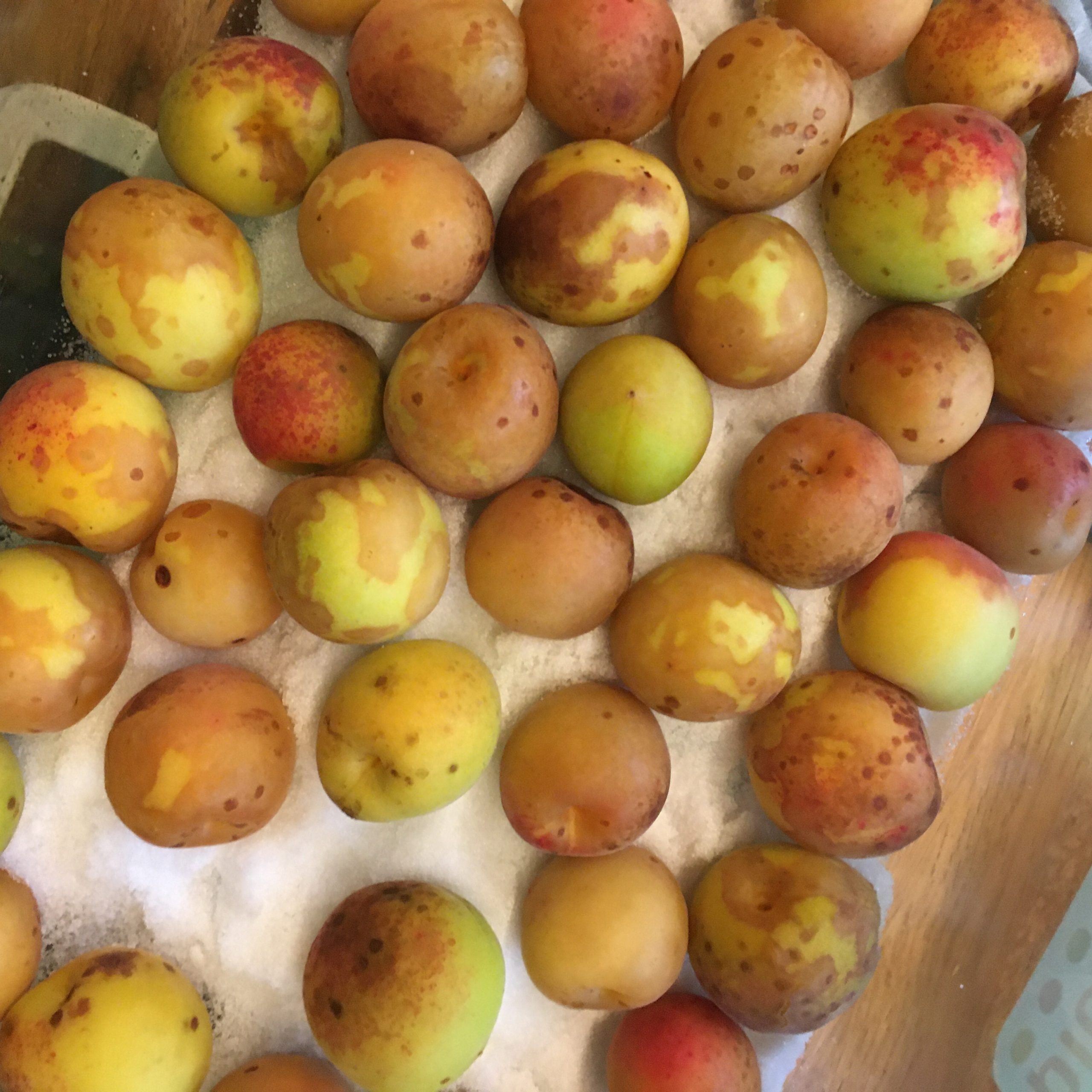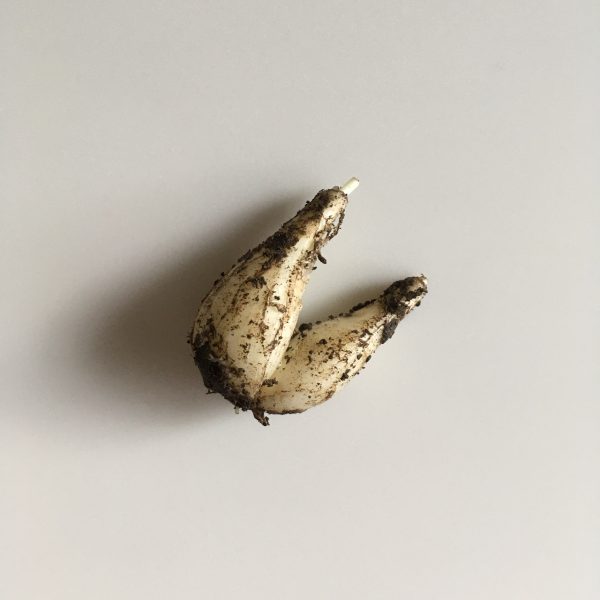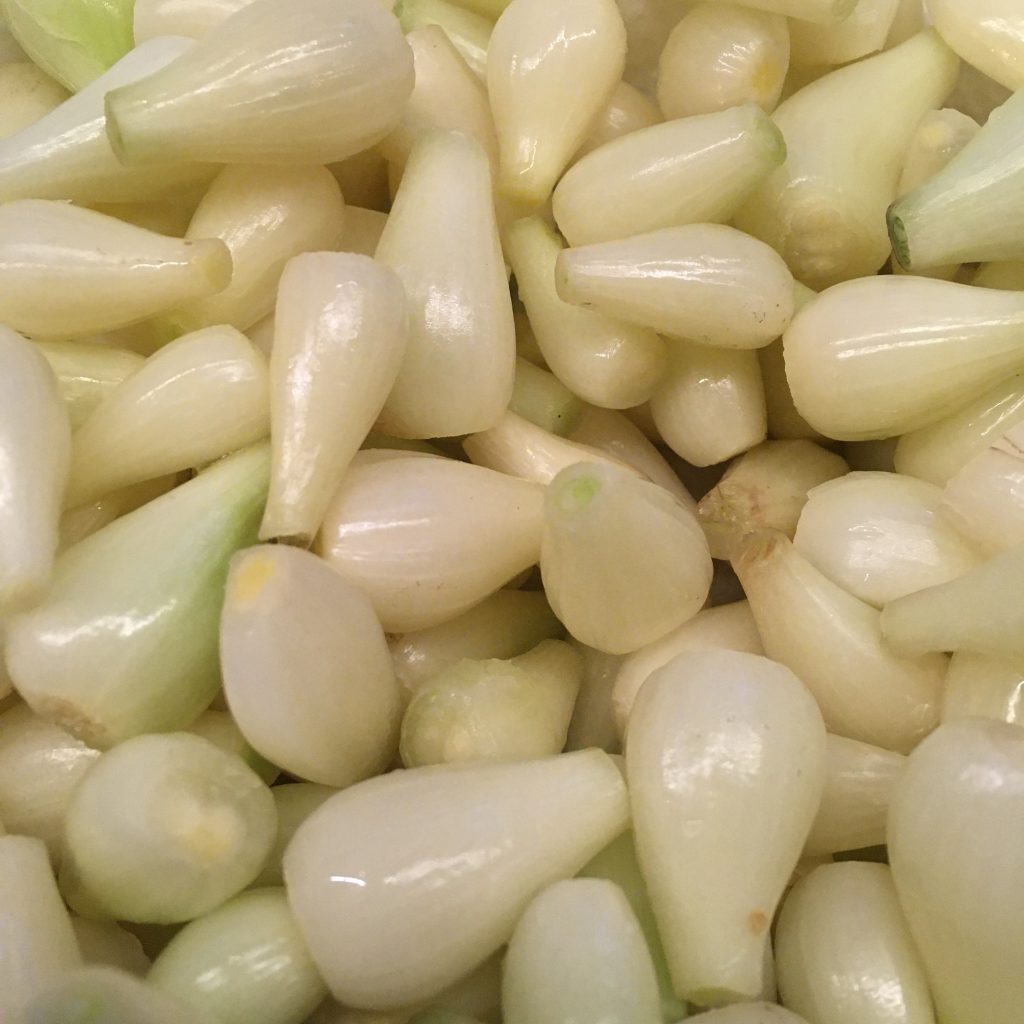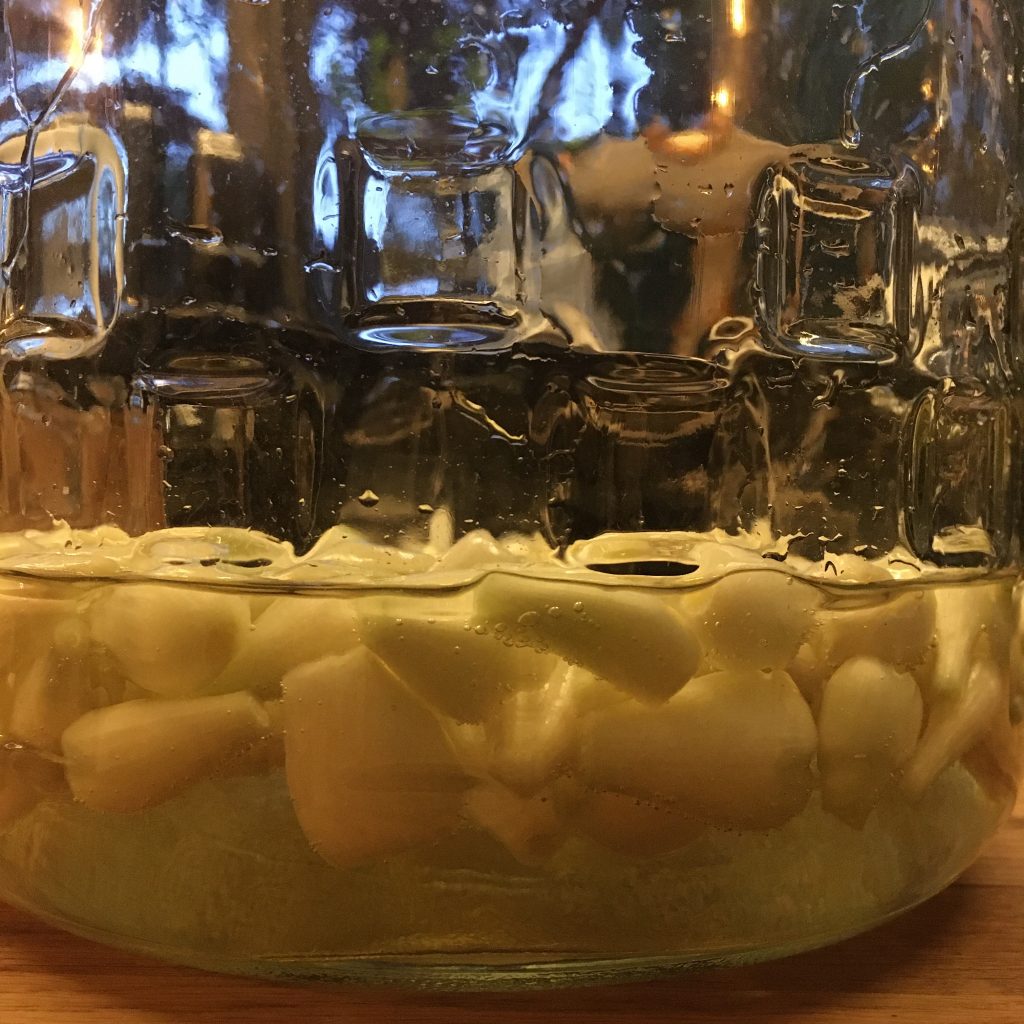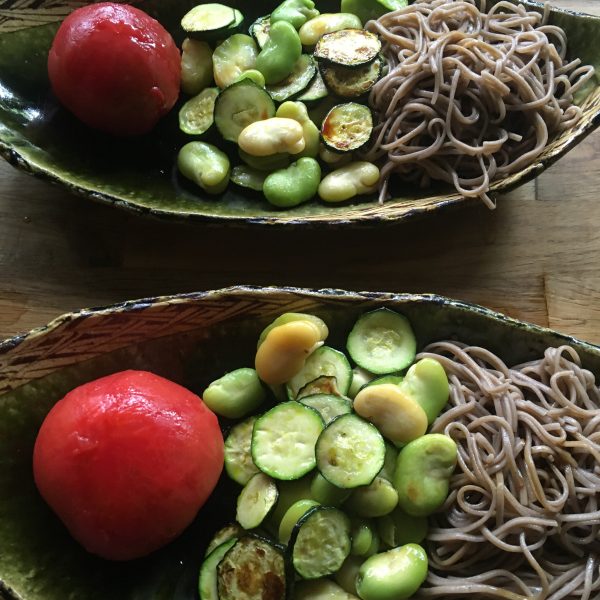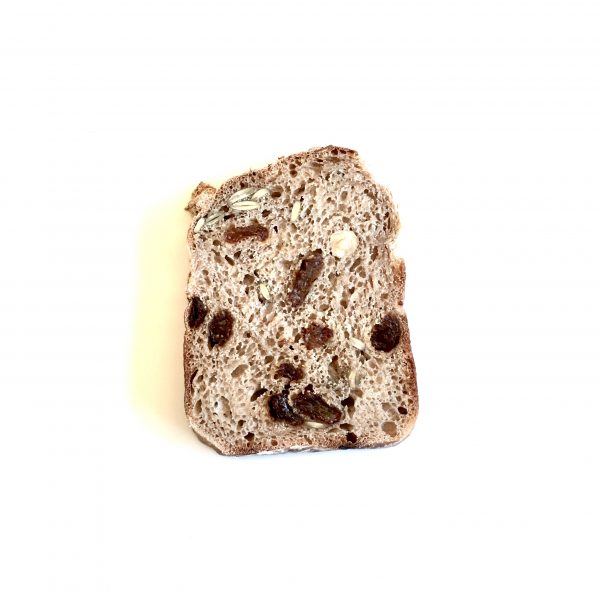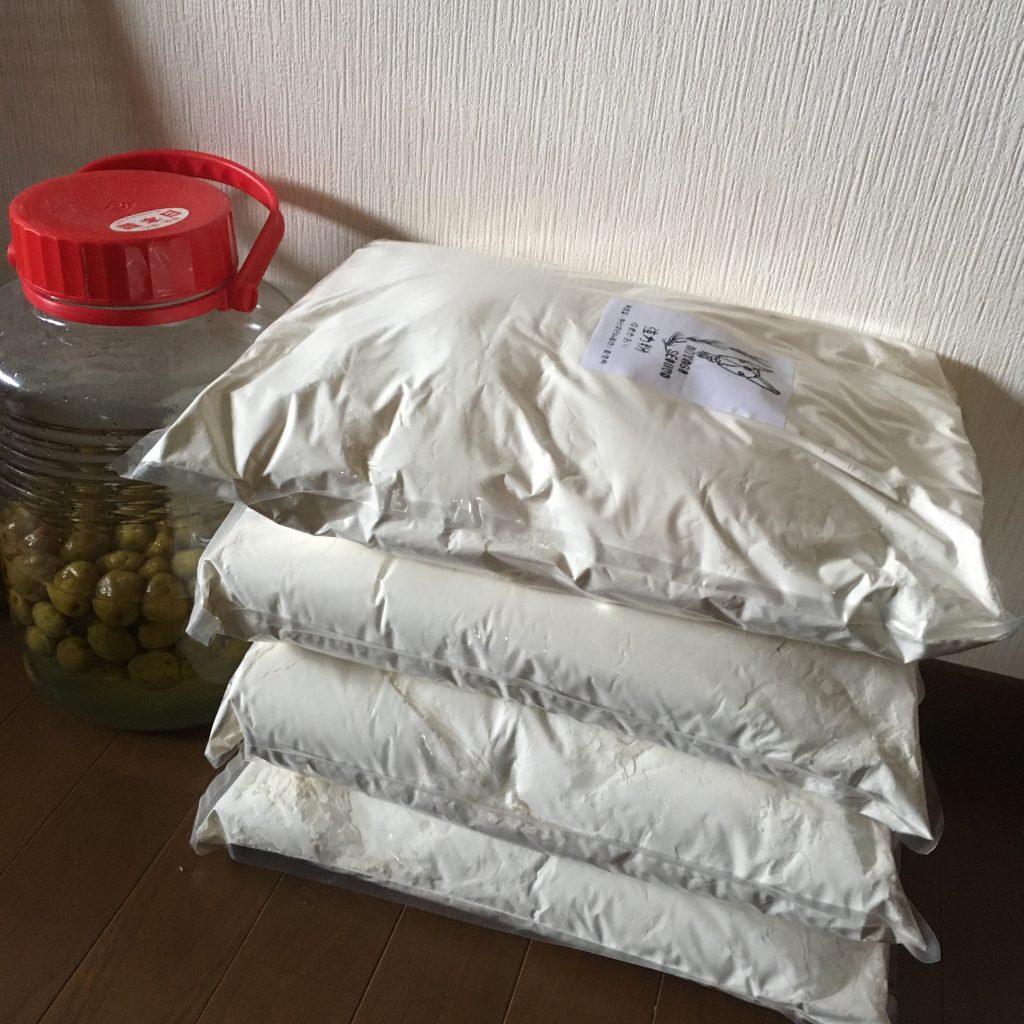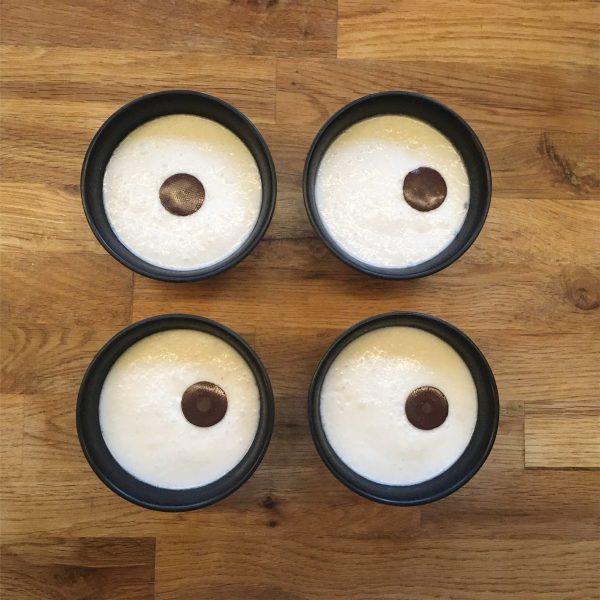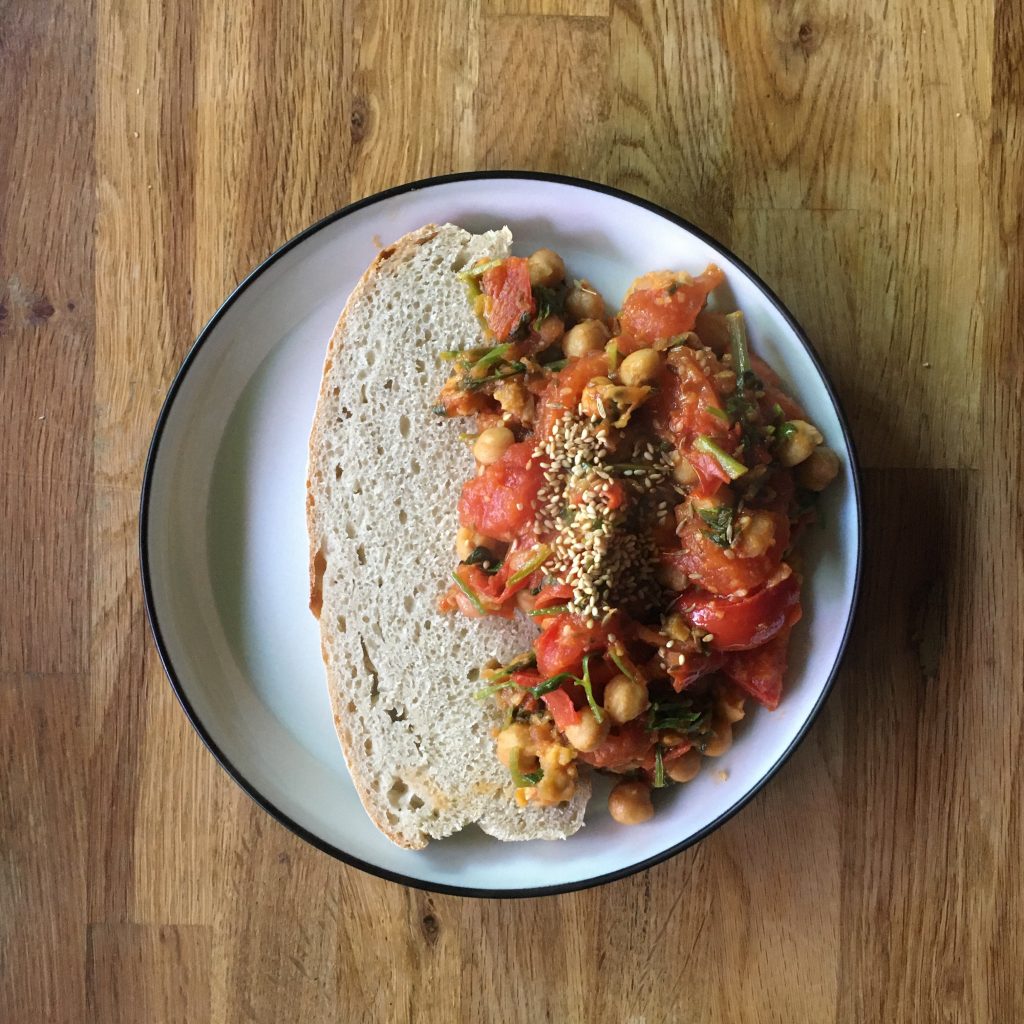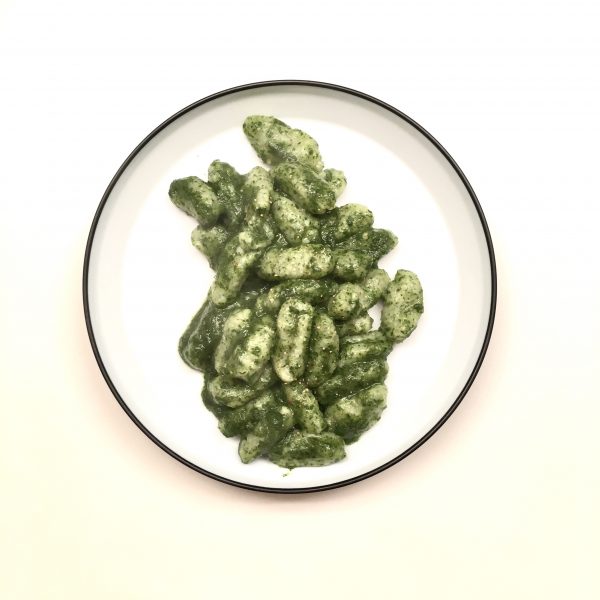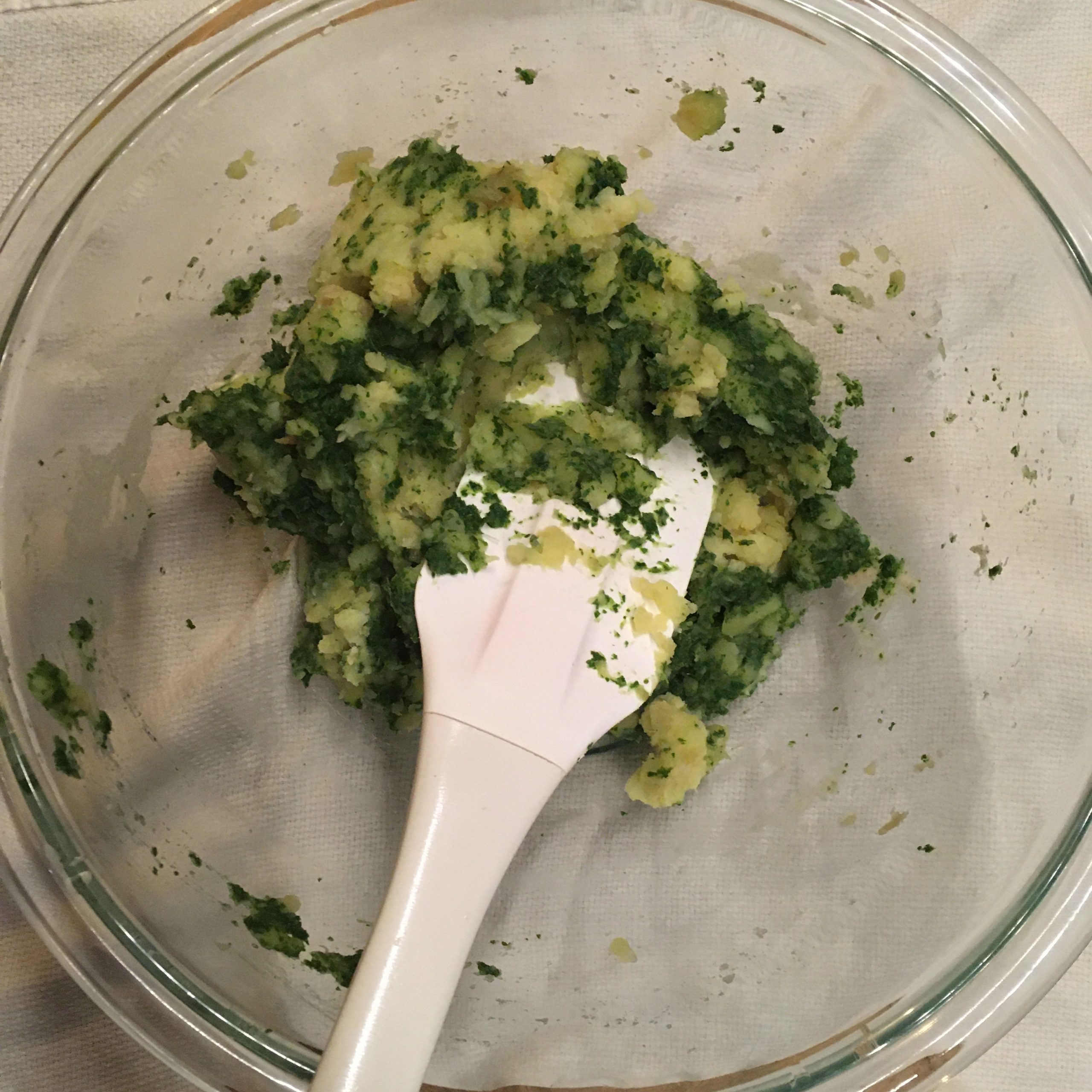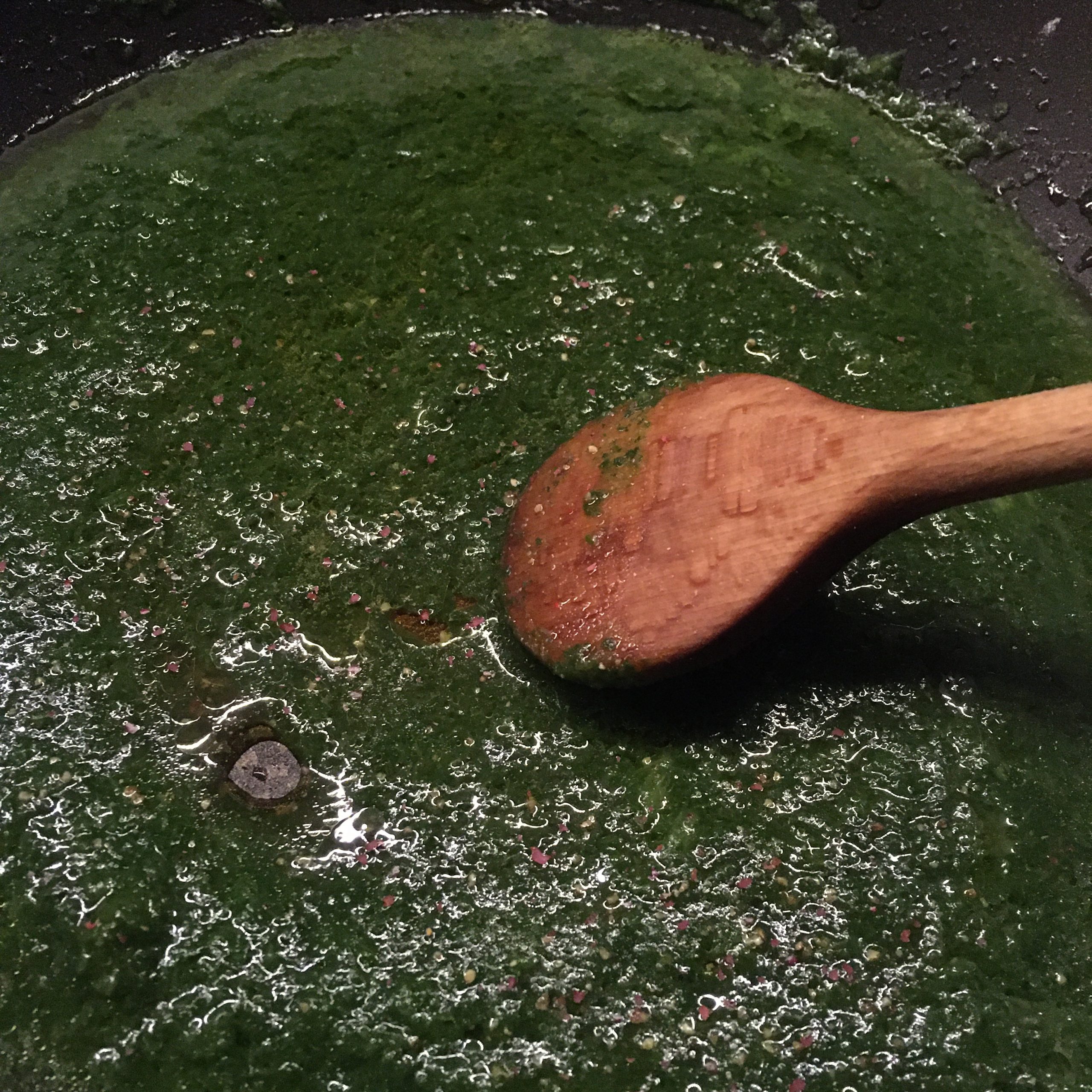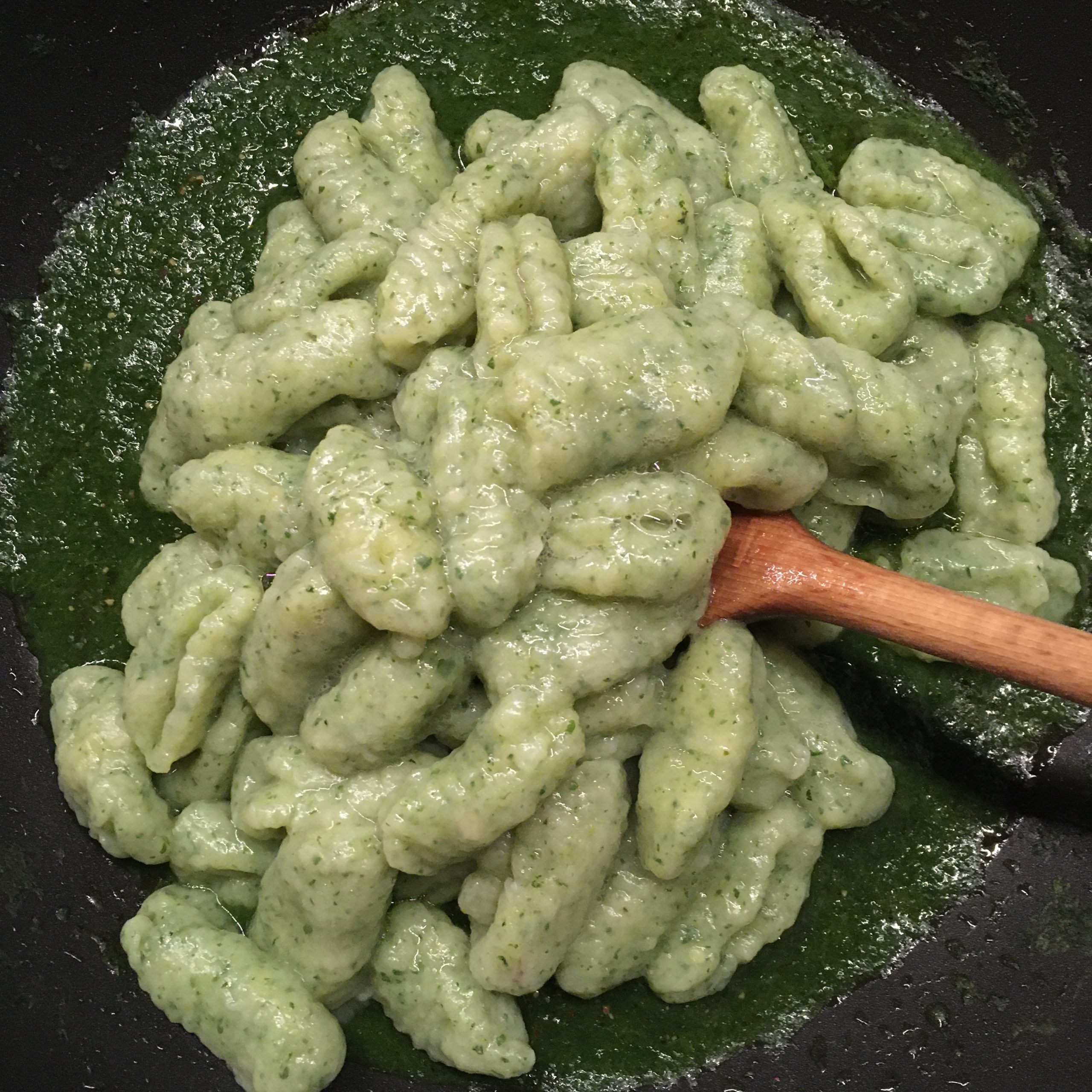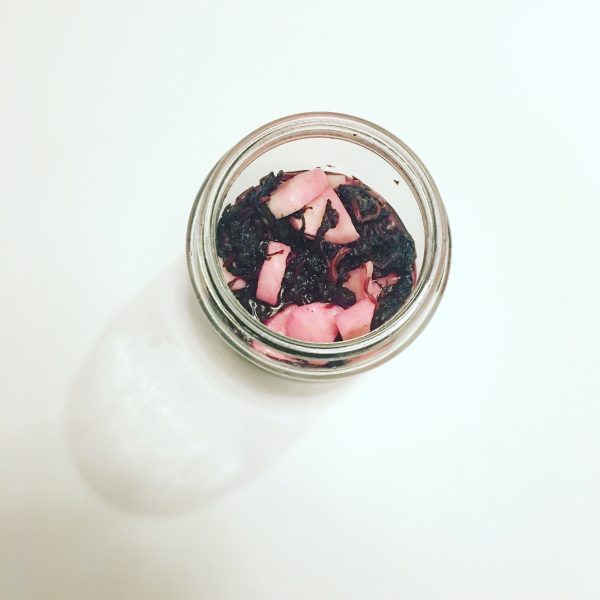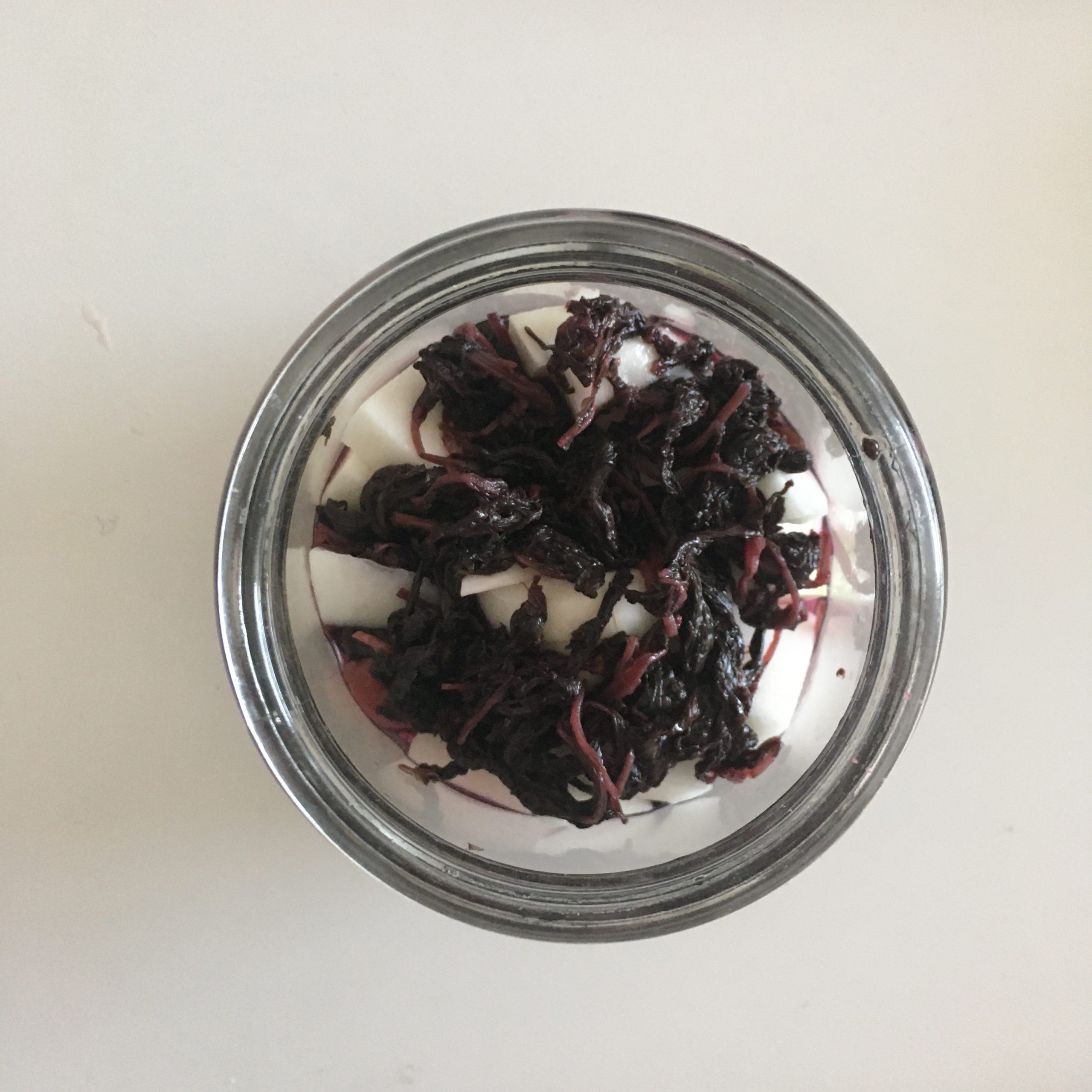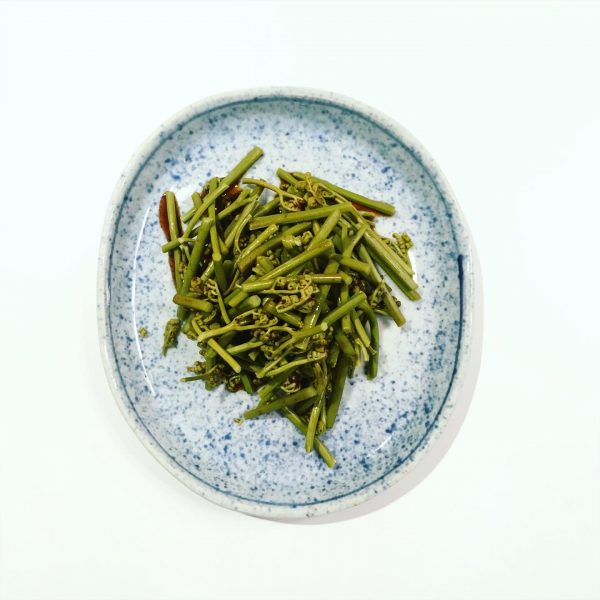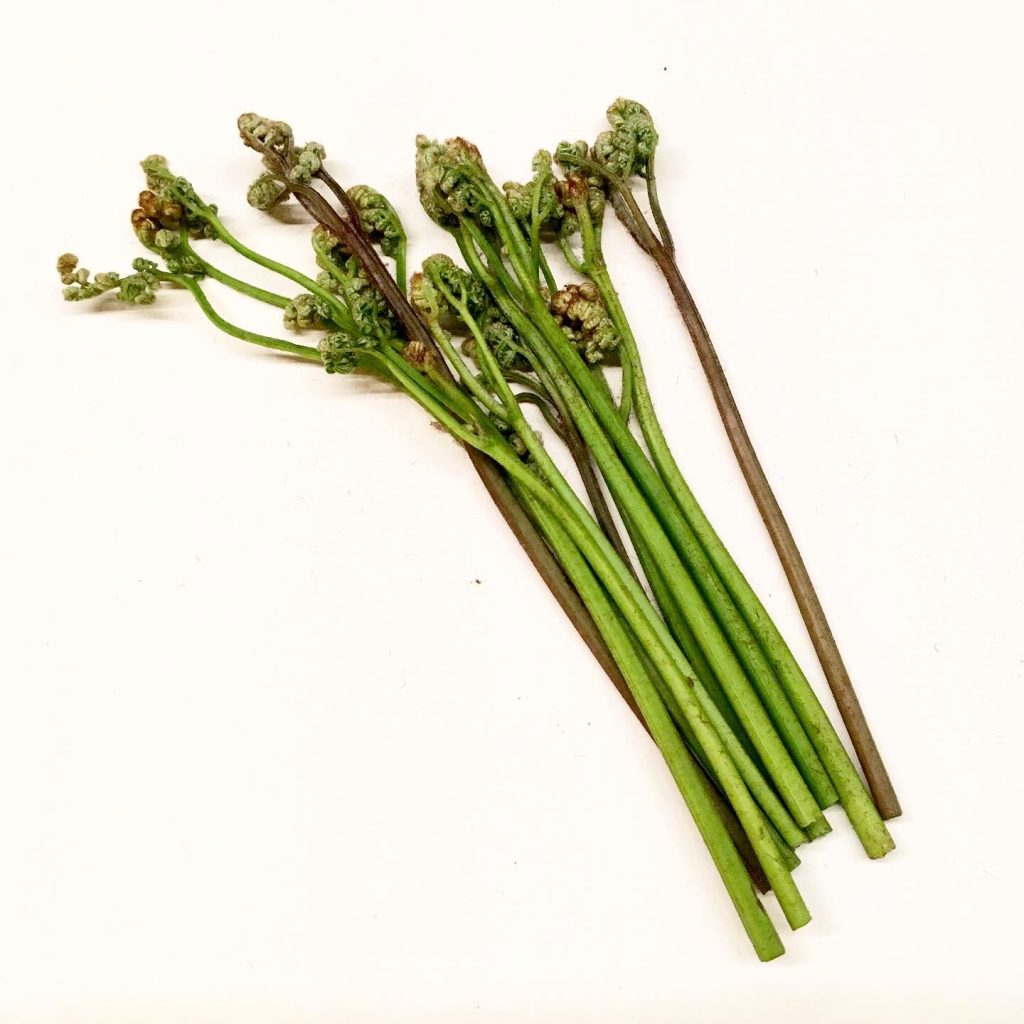In search for new inspirations and continuing with these inspirations from our travels around the world, after Italy (which I must say was an easy one!!!) I decided we would travel back to Malaysia.
A long long time ago we traveled to Malaysia for a few days in Kuala Lumpur and then north to Langkawi. In Kuala Lumpur we were super lucky to spend time with some local acquaintances that were total food fans and introduced us to all the possible food that exist there, discovering the Malay, Indian, Chinese… influences of this very original cuisine. I came back from our trip with a cookbook in our suitcase. A book in the end I enjoyed looking at but barely made any recipe from because I’m always missing an ingredient…
This time I decided I wouldn’t care and would just do with what I had, assuming that what I don’t have in my pantry is something I don’t like much. Hopefully, recently I bough some jasmine long rice as a change from round Japanese rice, because this is probably what would make the most difference. So I did a super simple rice recipe. Of course I didn’t have all the ingredients and adapted it to our taste. I served it with some vegetables simply cooked in a bit of coconut cream.
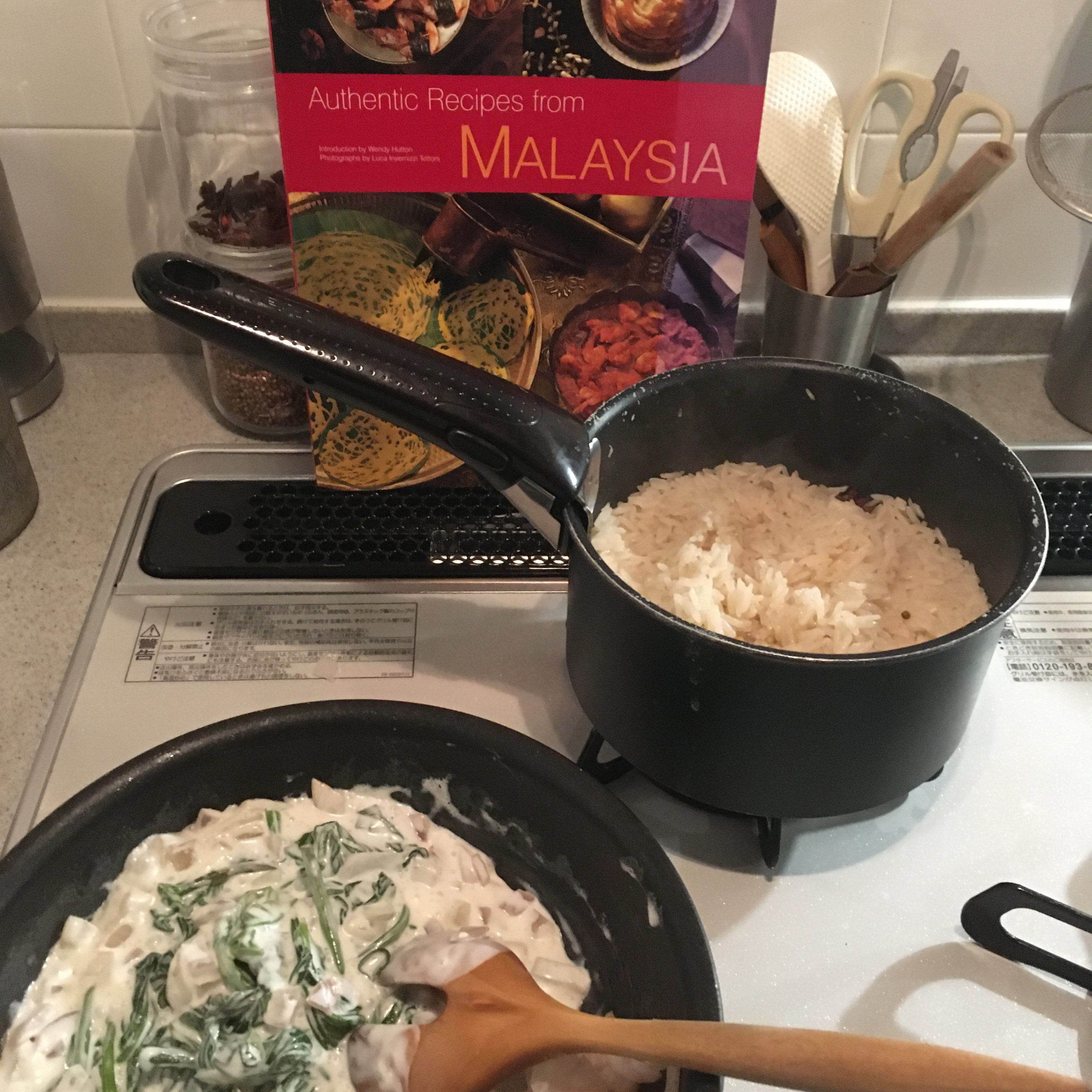
The recipe was mentioning that it is traditionally served for weddings. But I am simplifying it so much that I don’t even want to use the original name of the dish to call the recipe I have prepared. Yet the degree of satisfaction for that recipe was really high so I invite trying it!
Fragrant rice Malasia-style (4 servings)
- 300g of basmati or jasmine long rice
- 350g of water
- 20g of butter
- 2tsp of ground cardamom
- 1tsp of coriander seeds
- 1 stick of cinammon
- 2 star anises
- 2tsp of soya sauce
- a pinch of salt
The first thing to do is to prepare fragrant water. In a small pan, heat the coriander seeds, the cinnamon stick, the star anise and the coriander for a few minutes. add 50g of water and bring to a boil, add the butter and keep heating until half of the liquid is gone. drain to keep the water and remove the spices. Keep the spices for decorating.
In a pan set the rice, top with 300g of water, add the fragrant water you just made, the salt, and the soya sauce. cook undercover at low heat until all the water is gone. Stop the heating and keep everything in the pan, under the cover for another 5minutes before serving. use the spice for decorating if you want to.

